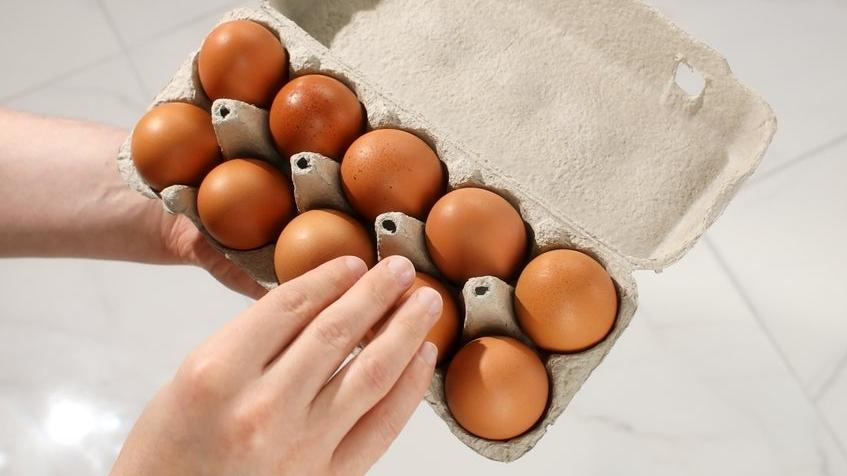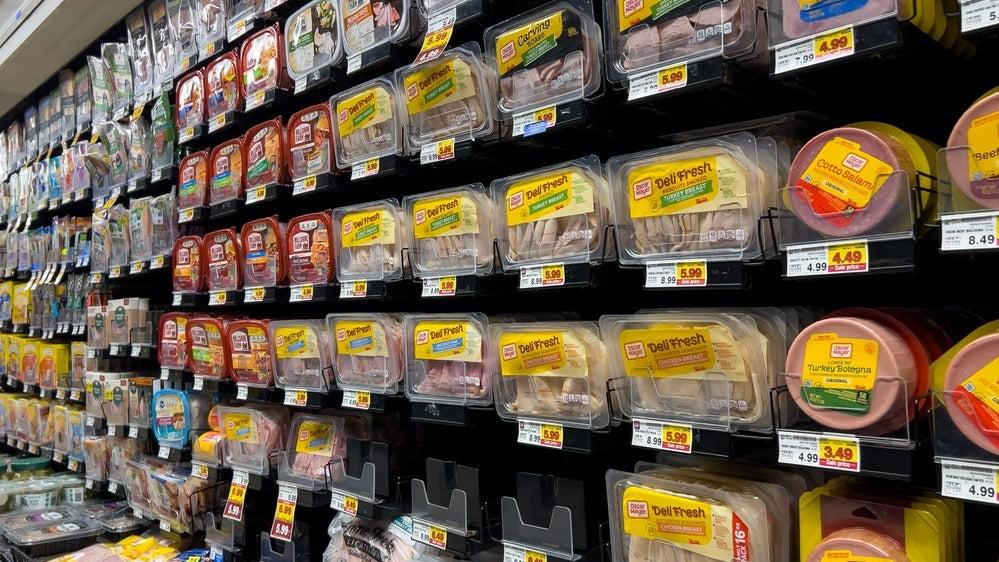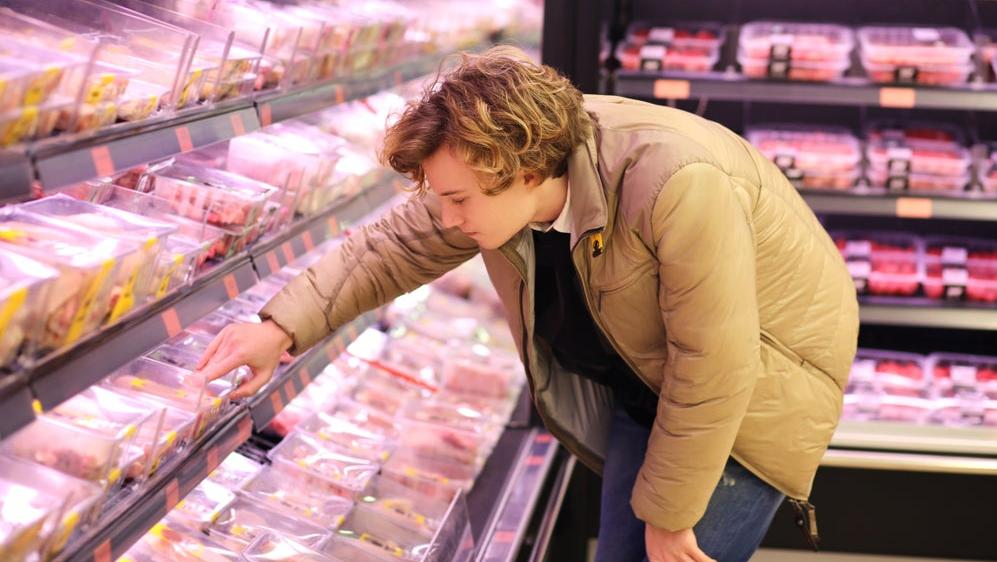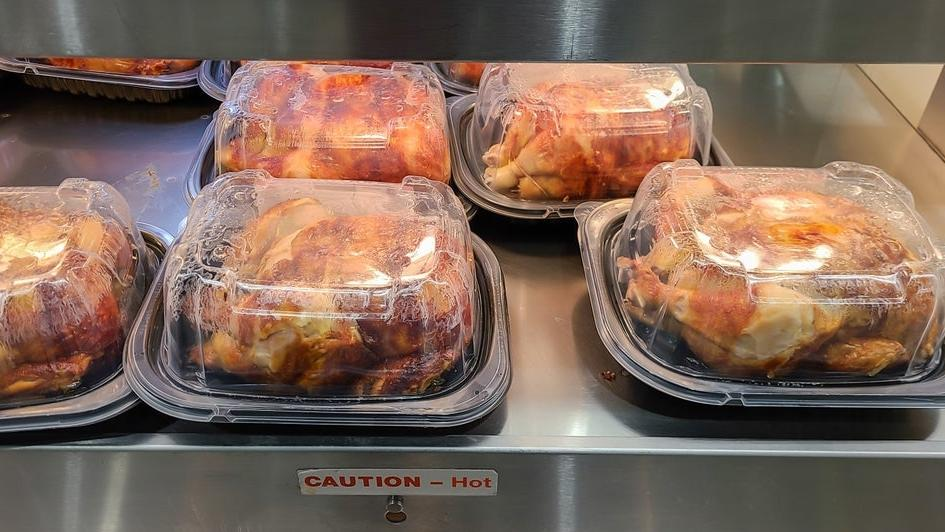5 Things You Should Always Do At The Grocery Store
Perform these five checks at the grocery store before checking out.
When I'm going shopping for pantry staples, there are always a few things I do to ensure I only buy groceries in good shape. It's not fun to make it all the way home before noticing that half the eggs I bought are cracked or that the lunch meat is rotten. A cursory inspection of the right details while shopping can make sure you don't throw your money away. Here are five things to check before checking out.
Rock those eggs
You readers are all very smart, but I have a feeling a few of you aren't checking your eggs before you put them in your cart. When I pick out a carton of eggs, I'll open it briefly to scan for any cracks on top of any of the eggs. Obviously if I see one, I just ditch the carton and go for a different one.
Even if the eggs look okay, then I'll employ my second test by gently rocking two eggs at a time back and forth in the carton with my fingertips, making sure they all move freely in their little compartments.
Why? Because if any of the eggs are sticking to the carton, it's likely that there's a small crack in the bottom, even if it's not visible from the top. The leaky egg white, no matter how little of it there is, will dry out and essentially glue the egg to the carton. So if I try to rock it and it's stuck, that means there's a crack in its bottom, and not the funny kind. Skip it and pick another carton instead.
Look for the sag in that lunchmeat bag
While I usually opt for freshly sliced meat from the deli, I'll buy vacuum-sealed meat when I'm not sure whether I'll eat it right away, since the fresh stuff has a shorter shelf life (the USDA says that deli meat should be eaten in three to five days). However, if the wrapping around the prepackaged meat is loose, abandon ship!
This applies not only to lunchmeat, but any type of vacuum-sealed meat, including bacon: If the meat is just wiggling around in the packaging, that packaging likely has an unseen puncture in it somewhere. That means air has been rushing into the plastic, leaving the meat exposed to bacteria for an undetermined amount of time.
Additionally, if the meat in one package is a different color than the same product in an adjacent package, give it to a grocery store employee so they can toss it out. That's definitely been exposed to air and needs to go. I saw an entire gray ham steak once, and the image will haunt me forever.
If the can feels light, ditch it
Sometimes when you're picking up canned foods to place in your cart, you might find one that's surprisingly light. Chances are there's a small leak in the can, or it wasn't filled properly at the manufacturing plant. Best case scenario, you'll be paying for air instead of the product you actually want. Worst case scenario, you're spending on food that's potentially full of bacteria, which can make you sick. Neither one of these outcomes is worth it, so just choose a different can and hand the light one off to a grocery store employee.
Reach far back in that meat display
Grocery stores need to move meat pretty quick, otherwise it'll just get tossed out after its expiration date. But that means the packages of fresh meat at the front of the display are the ones closest to expiring, since the store wants to sell those first.
All the fresher packages are in the back, so if you want the freshest meat possible, reach back there and check out the sell-by date on one of those packages; chances are it's the newer stuff. (But if you buy some meat closer to its expiration date, you can always freeze it for later use.)
Know the best time to buy rotisserie chicken
I love rotisserie chicken. Grocery stores are supposed to mark each chicken by when it was cooked, but half the time I look at the packaging, the time of day isn't on the label. If you're going shopping in the middle of the afternoon, when the store has fewer customers, it's likely that the rotisserie chickens you see under the heat lamps are the ones leftover from the lunch rush—meaning they've had several hours to dry out. Have you ever accidentally bought a dry rotisserie chicken? You will regret it.
The best time to buy rotisserie chicken is when there are a whole bunch of them sitting in the display. That means they came out of the oven recently and are still juicy, plump, and moist.
If any of you have any other grocery shopping tips, let 'em rip in the comments. I'm sure there are plenty I don't know, and ones that will help other readers out.





